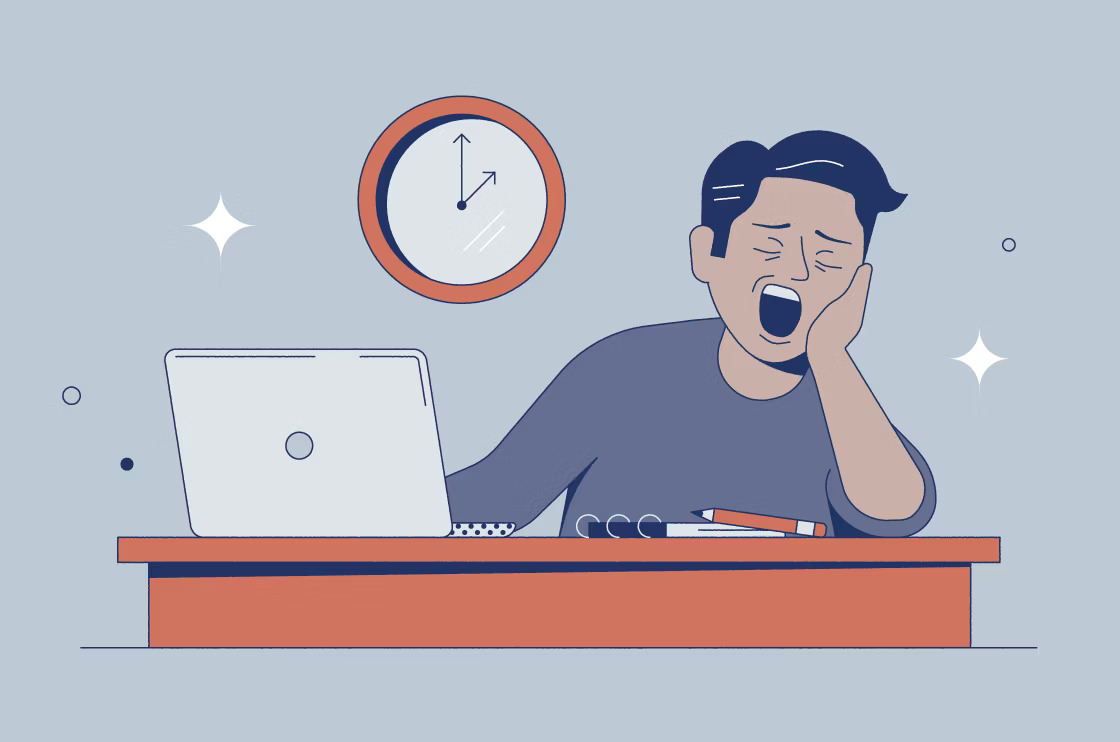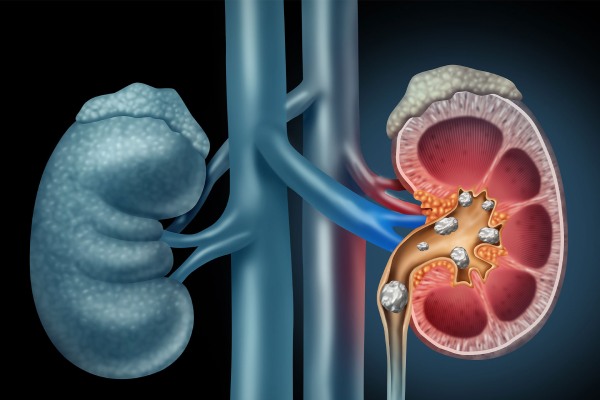Understanding Narcolepsy: An Overview
Narcolepsy is a neurological disorder that affects the brain’s ability to regulate sleep-wake cycles. People with narcolepsy often experience excessive daytime sleepiness and sudden sleep attacks, which can be disruptive and challenging to manage. However, contrary to popular belief, narcolepsy is not just about “fall asleep randomly.” It’s a complex condition that requires a deeper understanding and appropriate management strategies.
What Is Narcolepsy?
Defining the Disorder
Narcolepsy is a chronic sleep disorder characterized by overwhelming daytime drowsiness and sudden attacks of sleep. This can occur at any time, making it difficult for individuals to stay awake for long periods, regardless of the circumstances.
Types of Narcolepsy: Type 1 and Type 2
There are two primary types of narcolepsy:
- Type 1 Narcolepsy: This type involves excessive daytime sleepiness combined with cataplexy, which is a sudden loss of muscle tone often triggered by strong emotions.
- Type 2 Narcolepsy: This type features excessive daytime sleepiness without cataplexy.
Common Symptoms of Narcolepsy
Excessive Daytime Sleepiness (EDS)
EDS is one of the hallmark symptoms of narcolepsy. It involves an overwhelming sense of tiredness and a strong urge to sleep during the day, which can occur even after a full night’s sleep.
Cataplexy: Sudden Muscle Weakness
Cataplexy is a sudden, brief loss of muscle control that can be triggered by strong emotions like laughter, surprise, or anger. It can cause symptoms ranging from mild slurred speech to complete body collapse.
Sleep Paralysis and Hallucinations
Individuals with narcolepsy often experience sleep paralysis, a temporary inability to move or speak while falling asleep or waking up. Hallucinations, which are vivid and sometimes frightening, can also occur during these episodes.
Disrupted Nighttime Sleep
Despite feeling extremely sleepy during the day, people with narcolepsy often have fragmented and poor-quality sleep at night. They may wake up several times, which contributes to daytime sleepiness.
Do People with Narcolepsy Fall Asleep Randomly?
Debunking the Myth
While narcolepsy does involve sudden sleep attacks, it’s not as random as people might think. These sleep episodes are typically triggered by monotonous activities, lack of sleep, or intense emotions, rather than occurring completely out of the blue.
What Actually Happens During a Sleep Attack?
During a sleep attack, the individual experiences an irresistible urge to sleep, often falling asleep for a few seconds to several minutes. Unlike normal sleep, these episodes do not have a set pattern and can happen in inappropriate settings, but the person usually has some awareness that a sleep attack is coming.
The Role of Medications in Managing Narcolepsy
Stimulants and Wakefulness Agents
Medications are often prescribed to help manage the symptoms of narcolepsy. Stimulants and wakefulness agents are the most common, helping individuals stay awake and alert throughout the day.
Waklert 150 mg and Its Benefits
Waklert 150 mg is a popular wakefulness-promoting agent used to manage excessive daytime sleepiness in narcolepsy patients. It helps improve wakefulness, reduces the tendency to fall asleep, and enhances cognitive performance.
How Artvigil 150 mg Helps
Similar to Waklert, Artvigil 150 mg is another effective medication for combating excessive sleepiness. It works by stimulating the brain to increase alertness and focus, making it easier for individuals with narcolepsy to stay awake during the day.
Safety and Side Effects
While these medications are beneficial, they can have side effects like headaches, nausea, or anxiety. It’s crucial to use them under medical supervision to avoid complications.
Lifestyle Adjustments for Narcolepsy
The Importance of Scheduled Naps
Scheduled naps throughout the day can help manage sudden sleep attacks and improve overall alertness. Short naps (around 15-20 minutes) can be very effective in reducing daytime sleepiness.
Creating a Sleep-Friendly Environment
A consistent sleep schedule, a comfortable sleeping environment, and minimizing disruptions can significantly improve nighttime sleep quality, reducing daytime sleepiness.
Regular Exercise and Diet
Regular physical activity and a balanced diet can help regulate energy levels and improve sleep quality, which are beneficial for managing narcolepsy symptoms.
Coping with Narcolepsy: Support and Strategies
Seeking Professional Help
Consulting with a sleep specialist is crucial for diagnosing and managing narcolepsy effectively. They can provide guidance on medication, lifestyle adjustments, and coping strategies.
Building a Support System
Having a support system of friends, family, and peers can make it easier to manage the challenges of living with narcolepsy. Support groups and counseling can also be beneficial.
Managing Daily Life with Narcolepsy
Simple strategies like breaking tasks into smaller steps, using reminders, and allowing for rest breaks can help individuals manage their daily responsibilities without overwhelming fatigue.
Myths and Misconceptions About Narcolepsy
Understanding the Facts
There are many misconceptions about narcolepsy, such as it being purely a result of laziness or depression. It’s important to understand that narcolepsy is a neurological disorder, not a psychological issue.
Narcolepsy Is Not Just ‘Falling Asleep Randomly’
Narcolepsy involves more than just sleep attacks; it includes a complex range of symptoms that require careful management and understanding.
Conclusion
Narcolepsy is a challenging condition, but with the right treatment, lifestyle adjustments, and support, individuals can lead a fulfilling life. It’s not just about falling asleep randomly; it’s about managing a disorder that affects every aspect of life.










